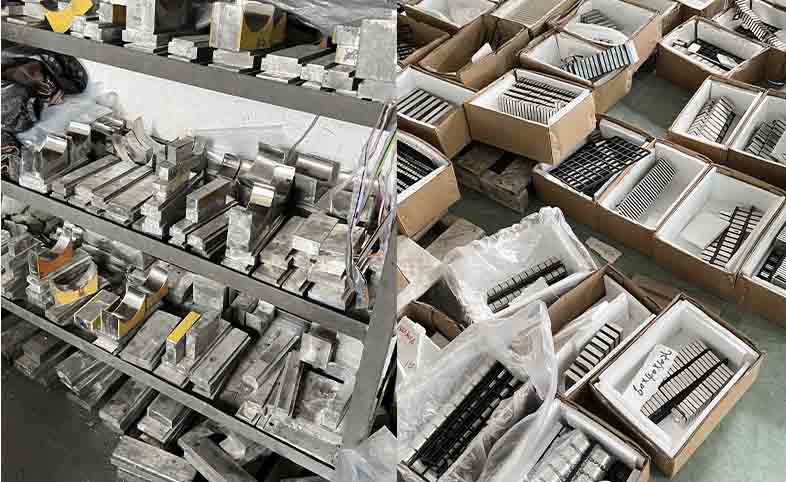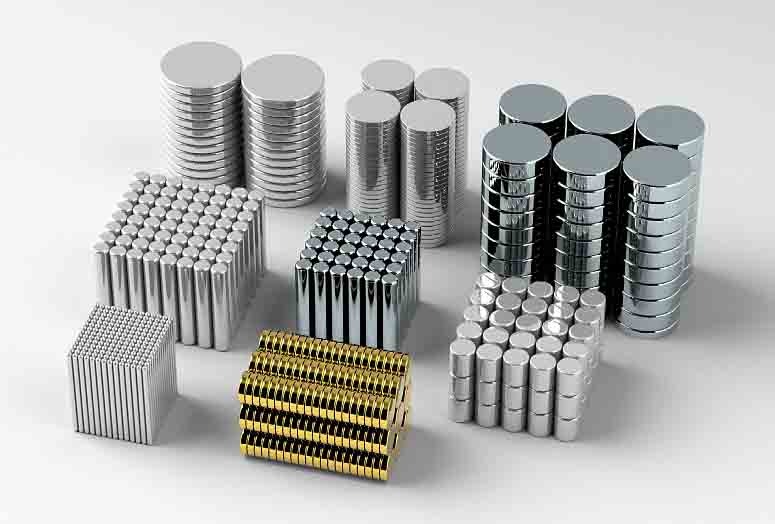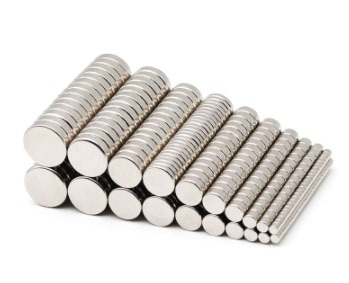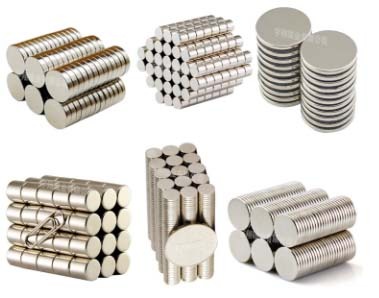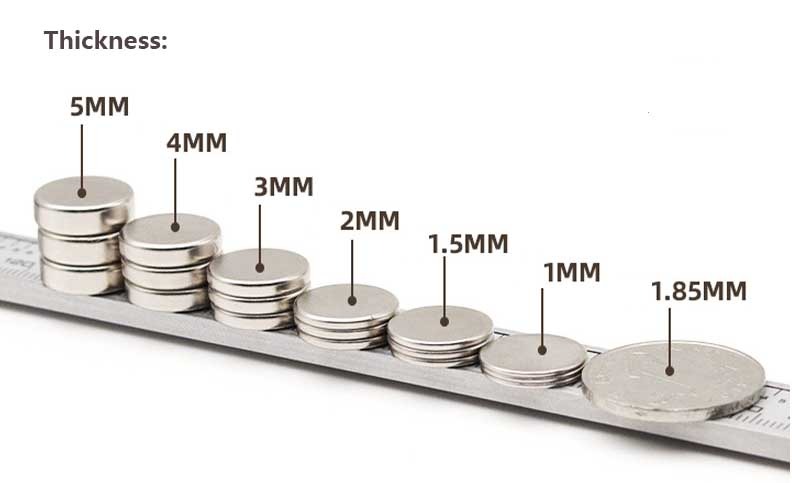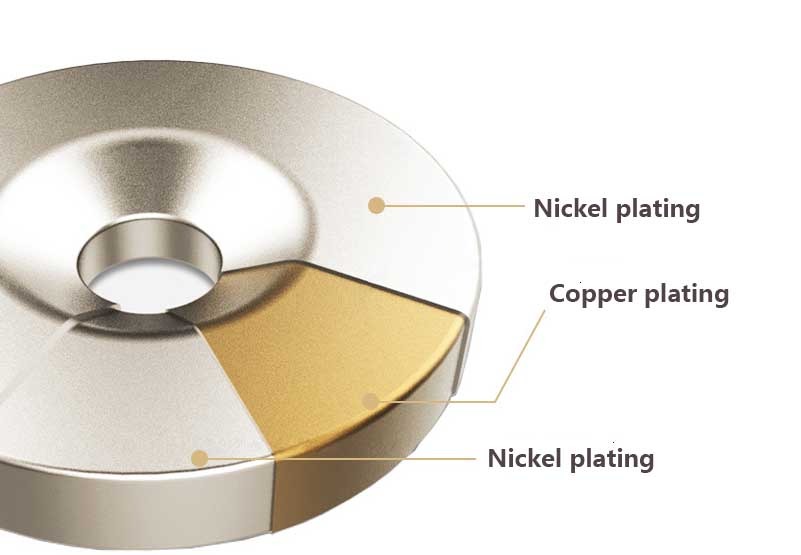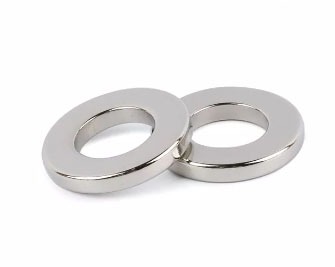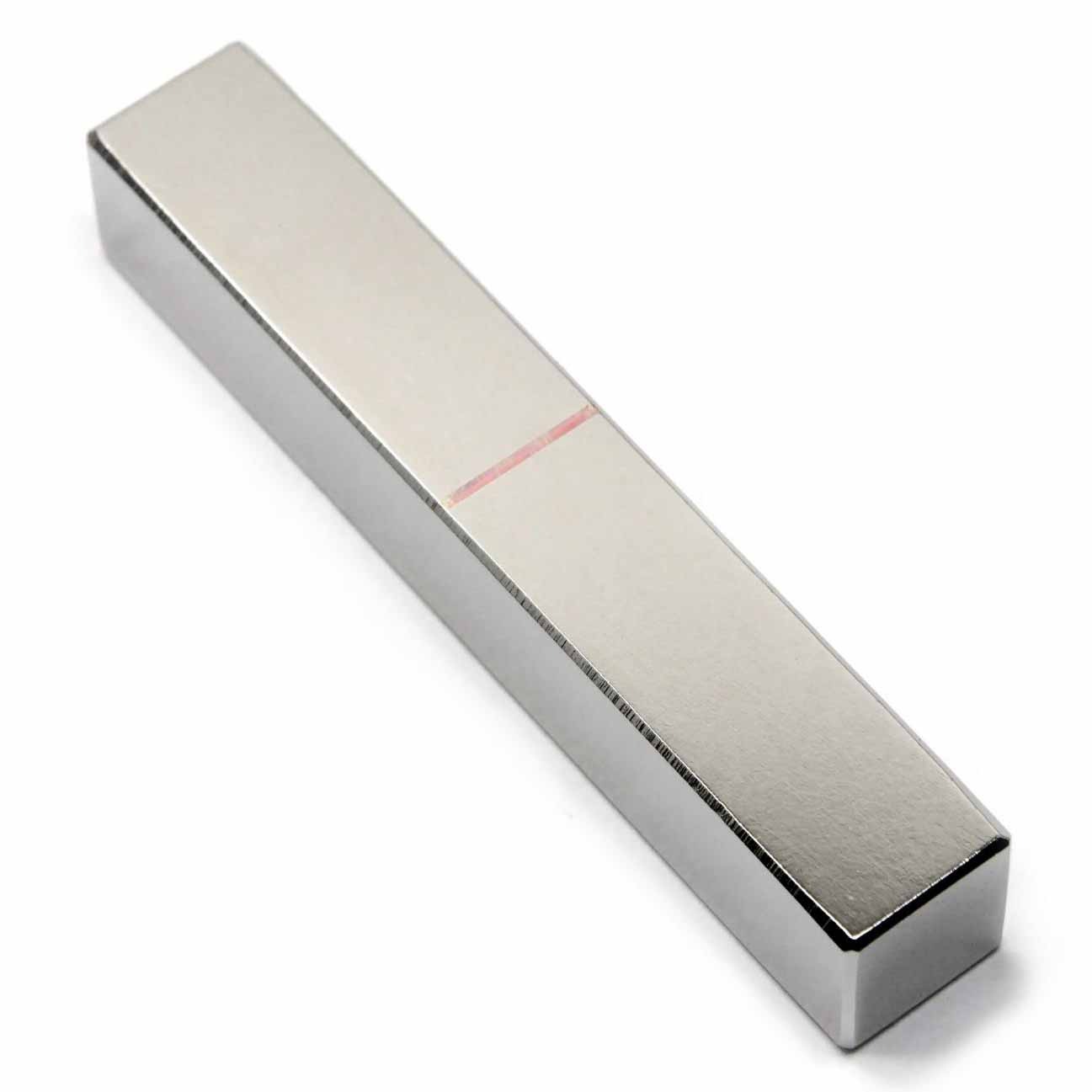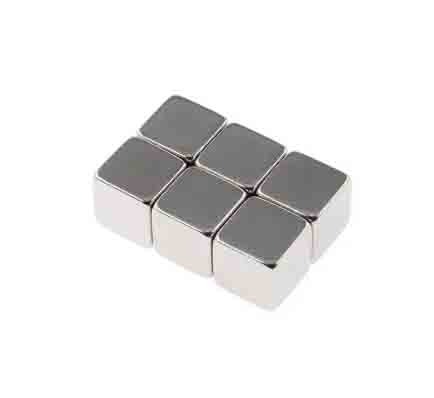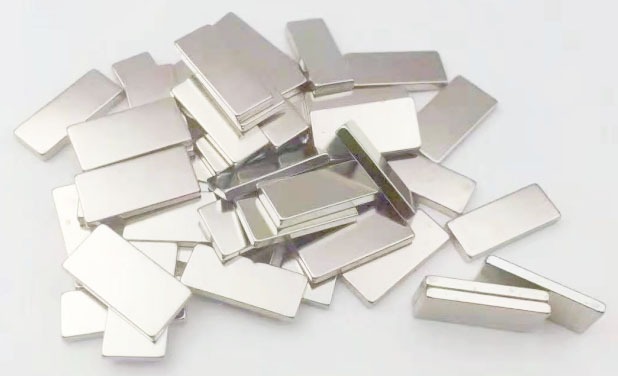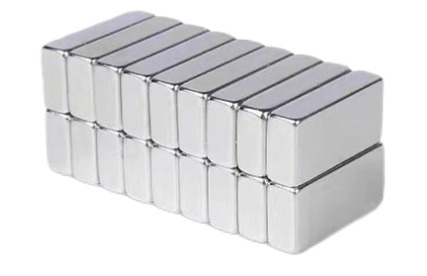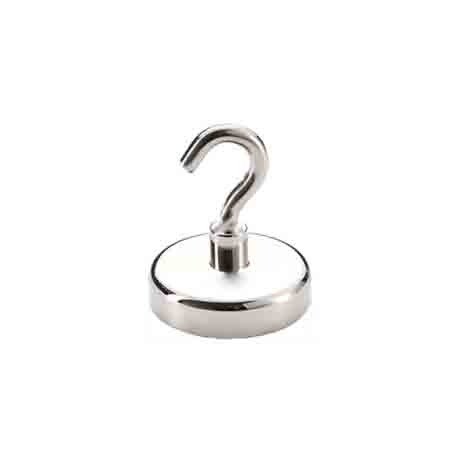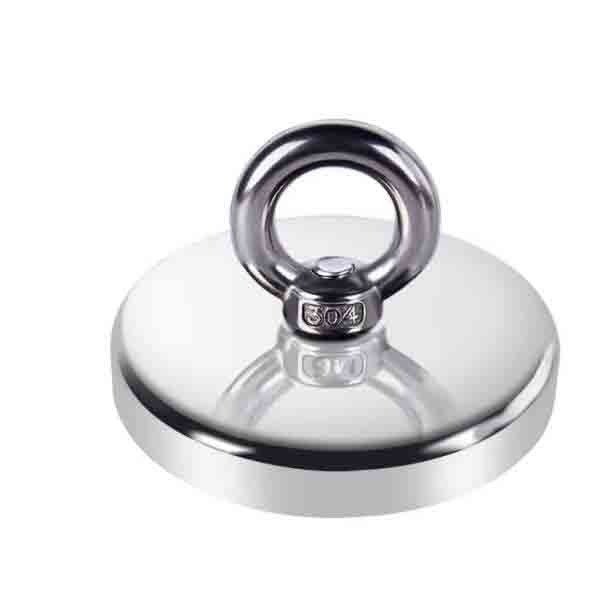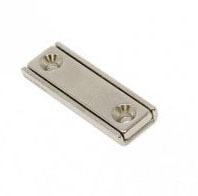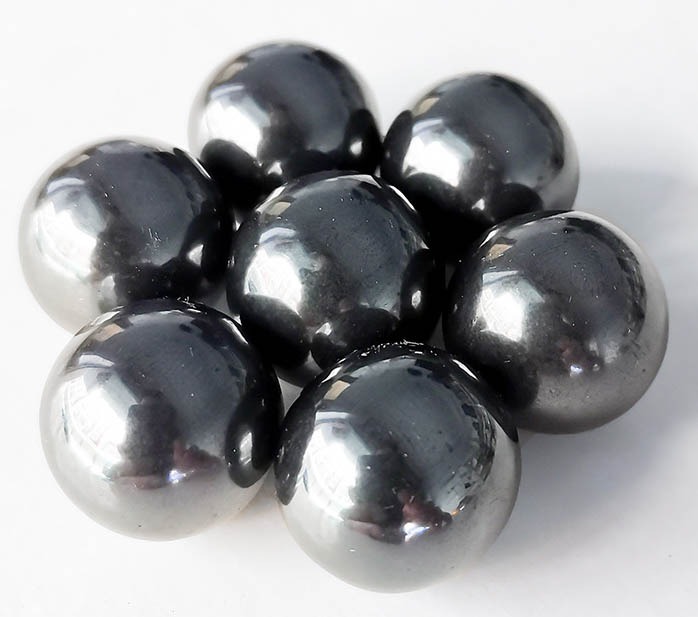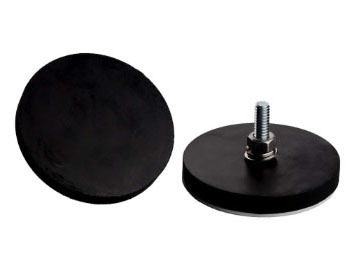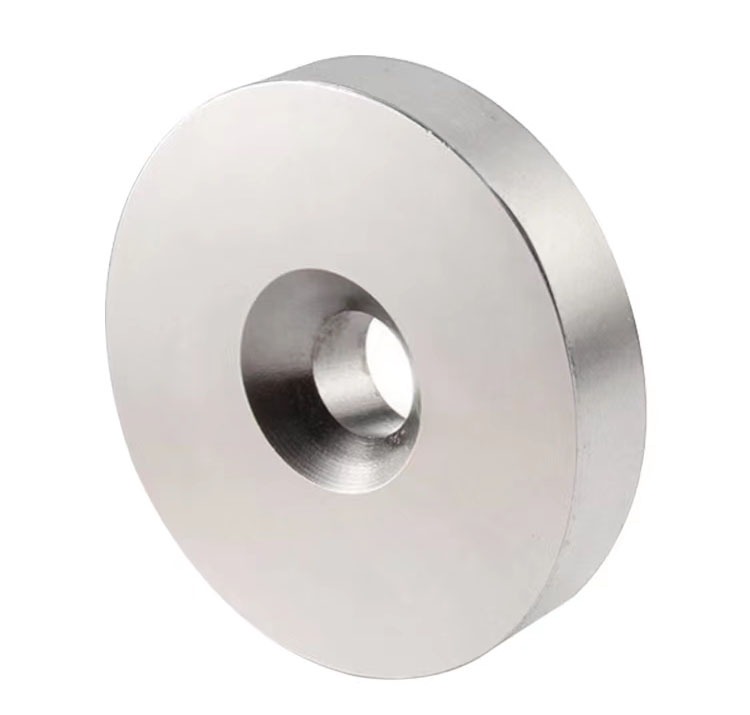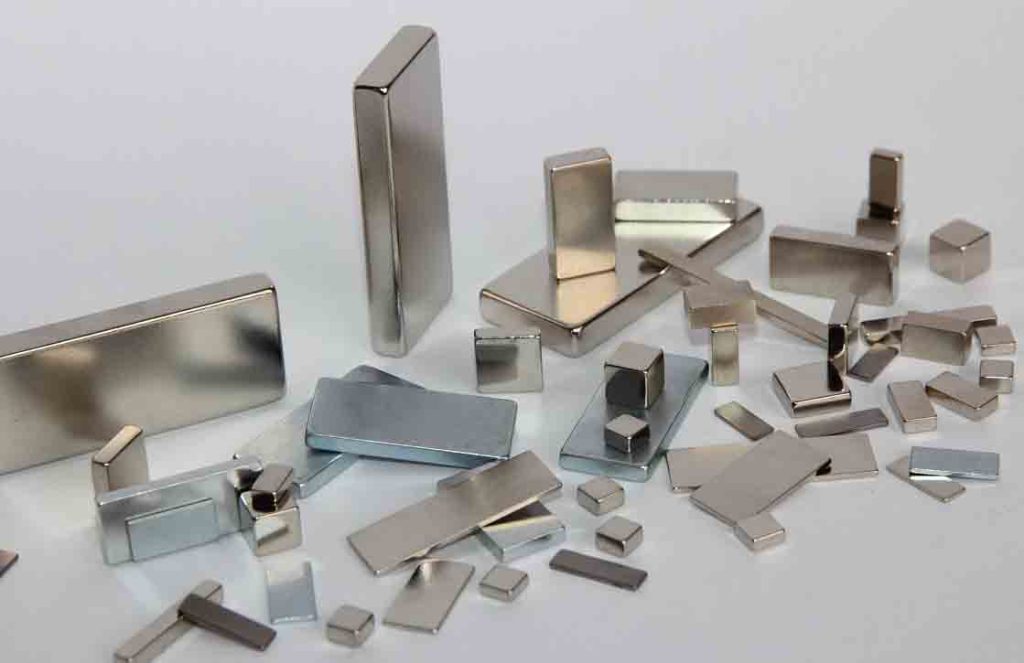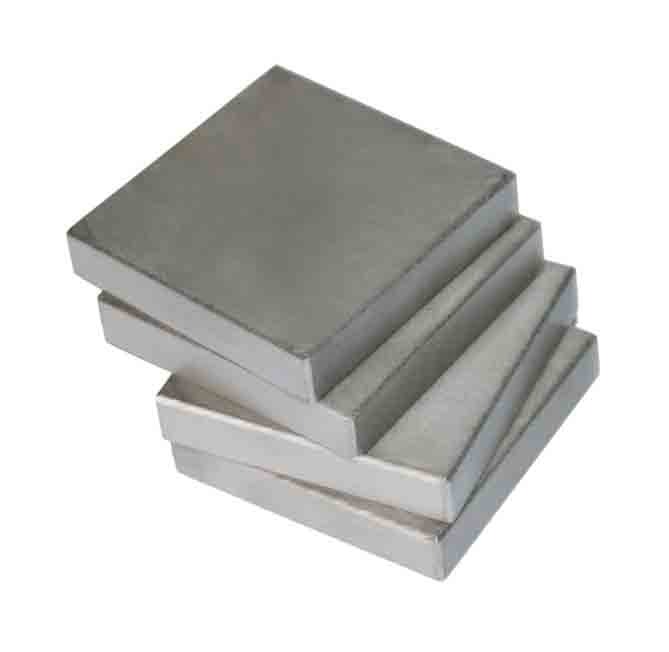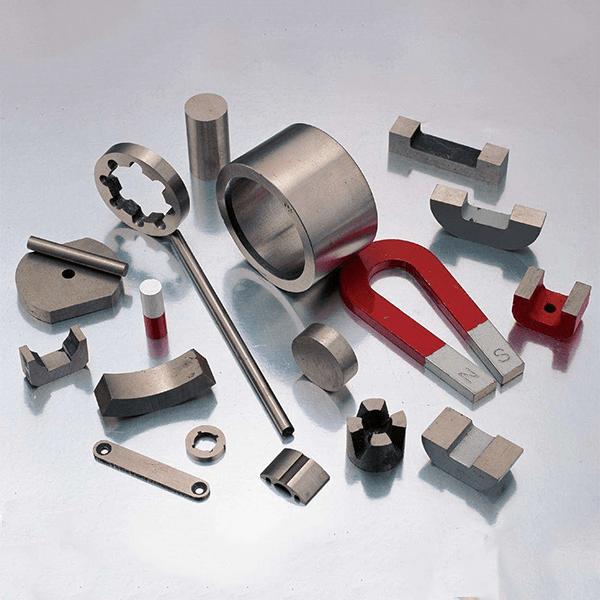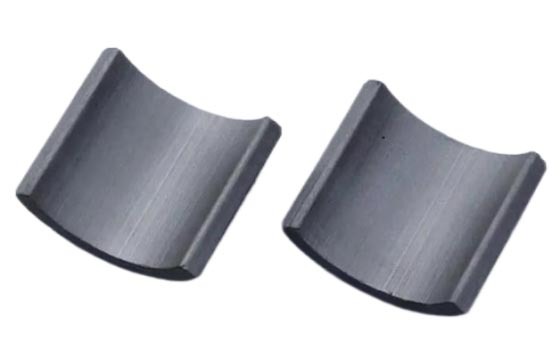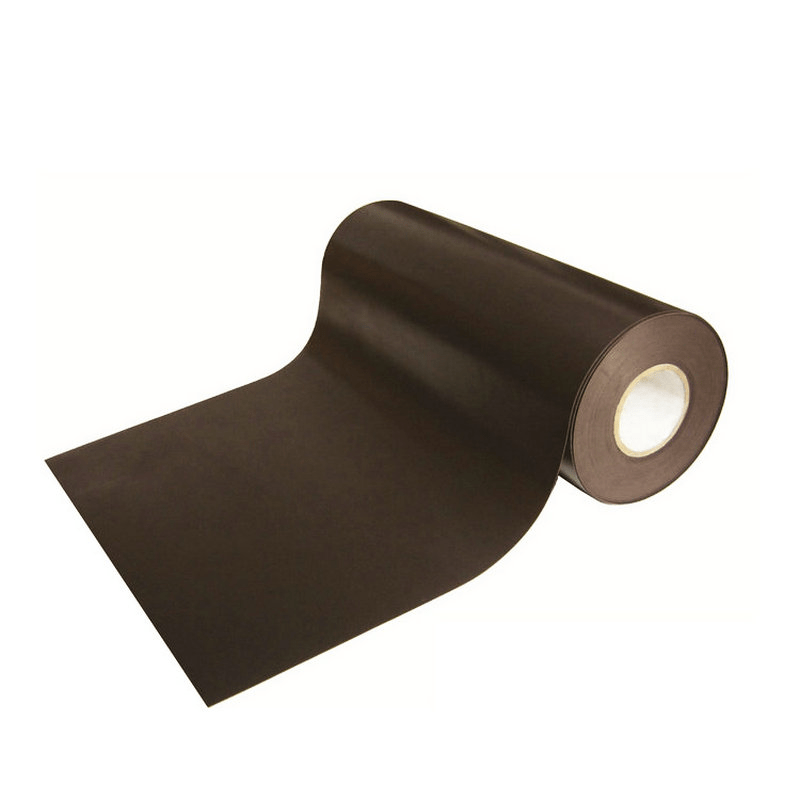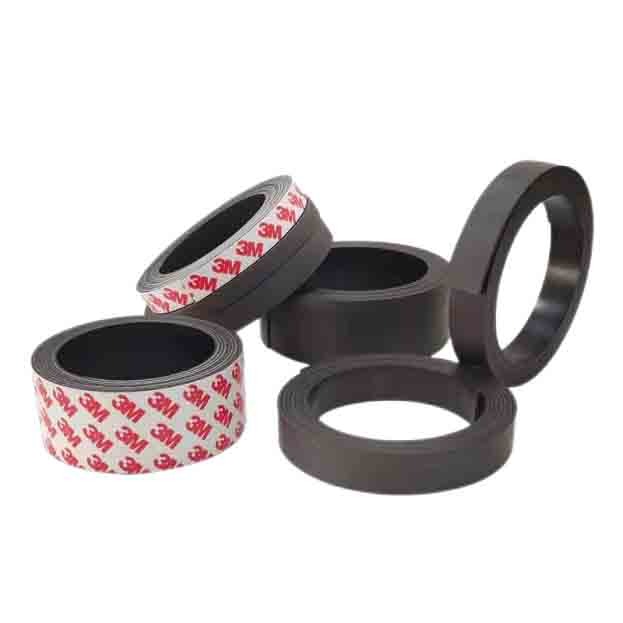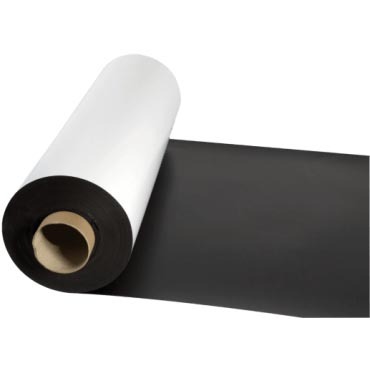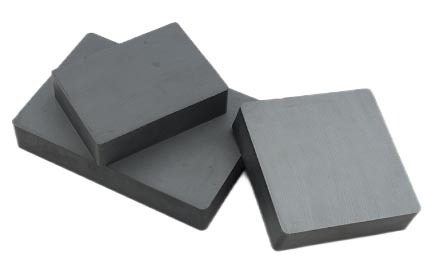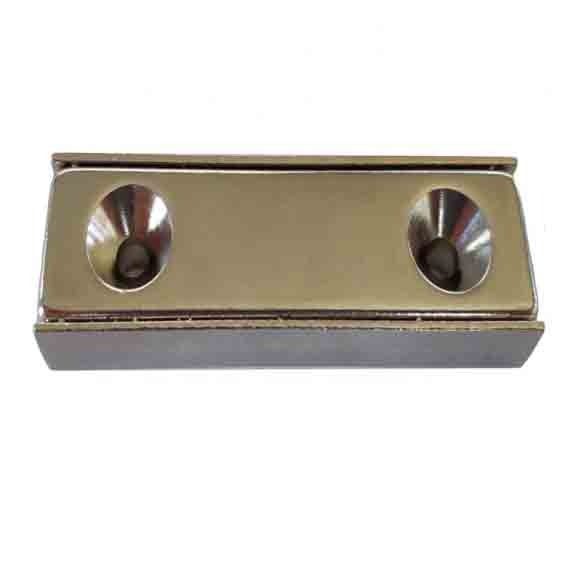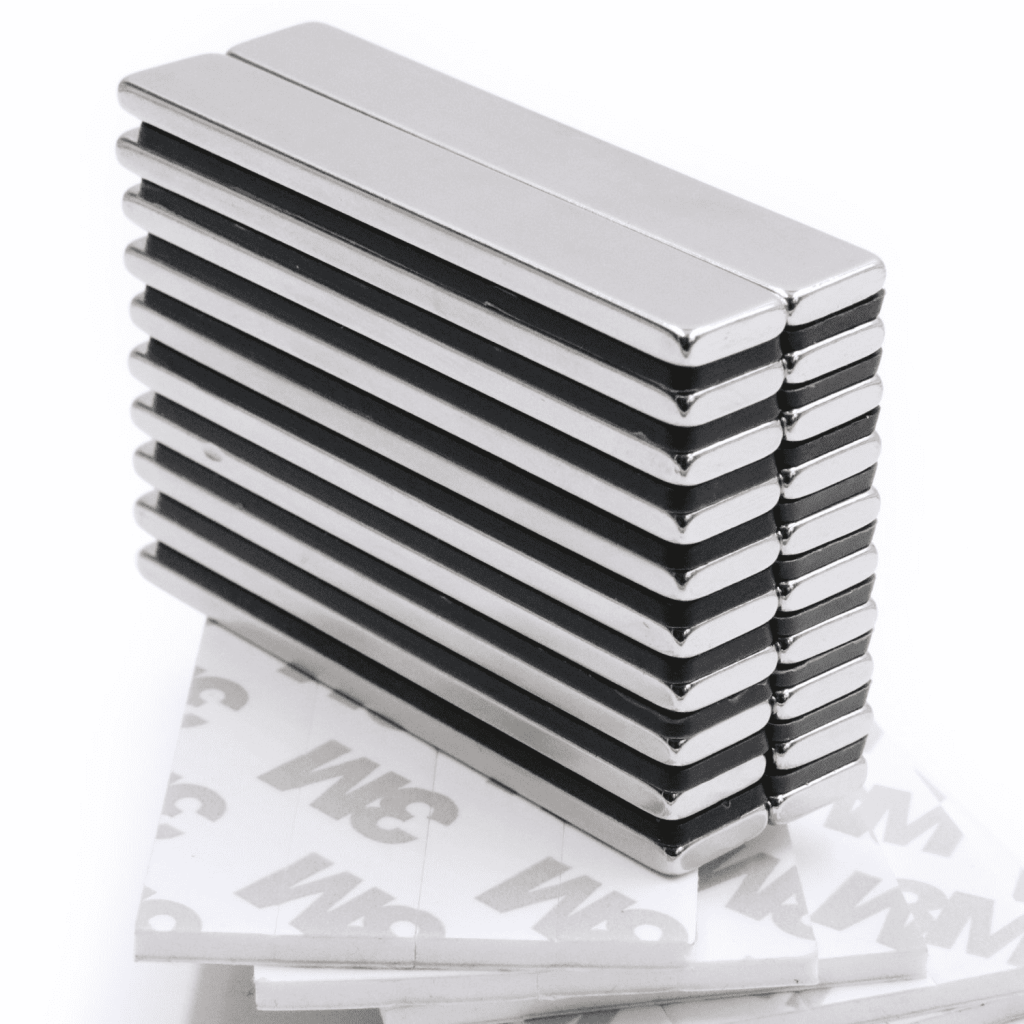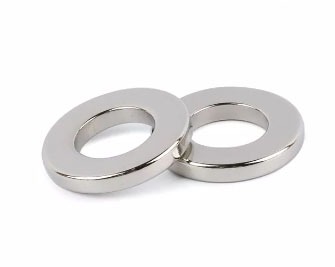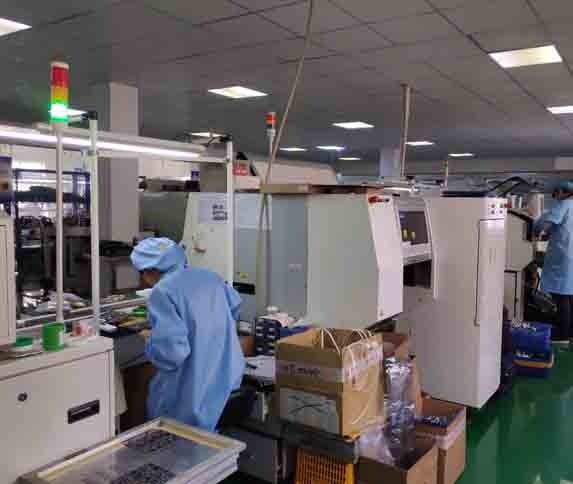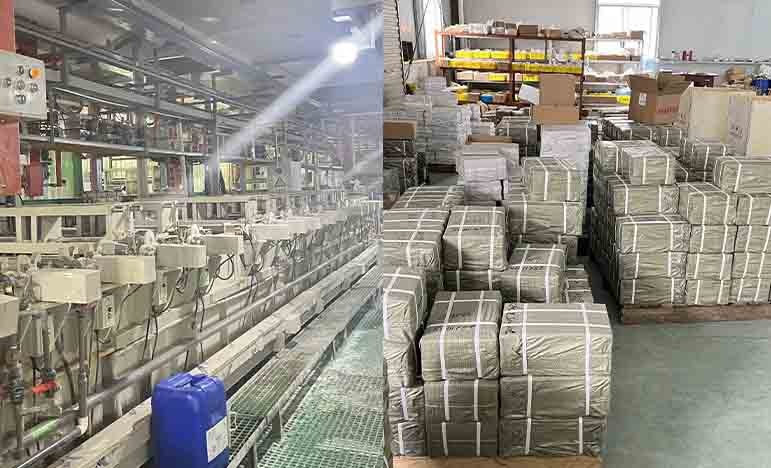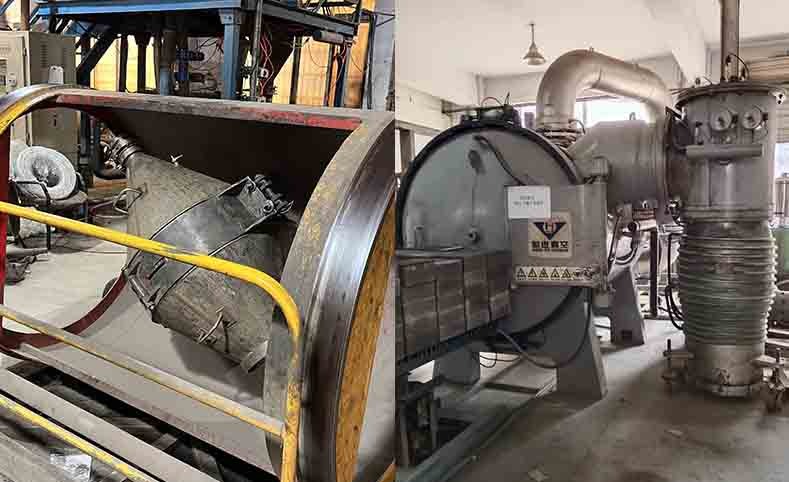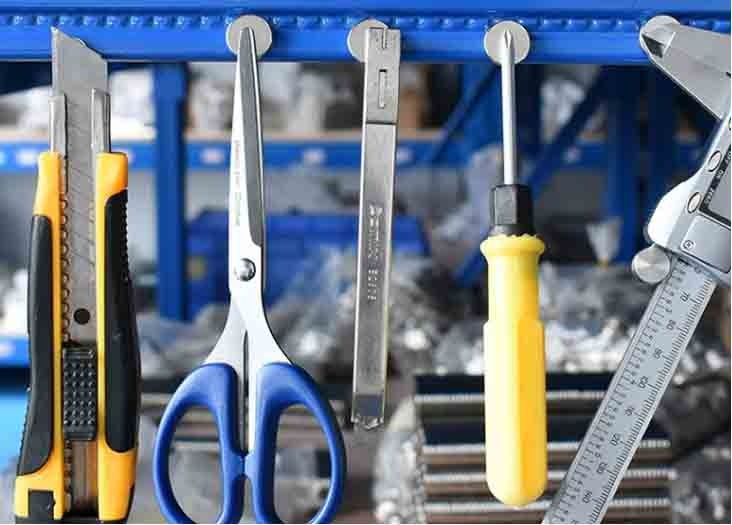Neodymium Disc Magnet
Custom Round Magnets & Disc Magnet Supplier
Neodymium disc magnet, also known as NdFeB disc magnet, is a tetetic crystal system made of Neodymium, iron and boron (Nd2Fe14B). The magnetic energy product (BHmax) of this magnet was greater than that of a samarium cobalt magnet, and the most commonly used rare earth magnet. Ndfeb magnets are widely used in electronic products, such as mobile phones, hard disks, earphones, and battery-powered tools.
Dongguan KENENG International Trading Co., Ltd is a disc magnet supplier. The company has 15 years experiences in disc magnets design, manufacturing , coating and export to all over the world , we have won good reputation in this industry for our excellent and stable quality, prompt delivery and fast response .
KENENG is a professional disc magnet supplier, and we can manufacture NdFeB strong magnet (square), single-sided magnet, rubber magnet, ferrite black magnet, circular strong magnet, square strong magnet, ring strong magnet, countersunk strong magnet, screw hole strong magnet, straight hole strong magnet, strip strong magnet, special-shaped strong magnet, trapezoidal strong magnet, etc., and has a complete and scientific quality management system. Our company is recognized by the industry for its integrity, strength and product quality. KENENG has strictly QC from raw materials to output products. We have MSDS /ROHS/REACH/ISO 9001 certificates.
Custom Round Magnet
KENENG can custom round magnets. We support customized magnets according to customers’ drawings and can meet the specification and size requirements of many industries for round magnet with high strength magnetic force, never degaussing, and antirust coating. We can also customize 3M adhesive magnets.
Tips: Under the condition of the same diameter and the same performance, the thicker the disc magnets are, the stronger the magnetic force, you can choose the appropriate size according to your own needs.
Various Shapes of KENENG’s Custom Magnet
If you have any needs, please contact KENENG, we will provide you with the best quality service.
Types of custom Round Magnet
If you want to custom round springs, you can choose different materials, size, finishing, thickness etc. The specific parameters include:
Materials
Size
| Hot selling specifications: | Size: | Diameter | × | Thickness |
| 4×2 | 4×3 | 5×1 | 5×1.5 | 5×2 |
| 5×3 | 5×4 | 5×5 | 6×1 | 6×1.5 |
| 6×2 | 6×3 | 6×4 | 6×5 | 8×1 |
| 8×1.5 | 8×2 | 8×3 | 8×4 | 8×5 |
| 10×1 | 10×1.5 | 10×2 | 10×3 | 10×4 |
| 10×5 | 12×1 | 12×1.5 | 12×2 | 12×3 |
| 12×4 | 12×5 | 14×2 | 14×3 | 14×4 |
| 14×5 | 15×1 | 15×1.5 | 15×2 | 15×3 |
| 15×4 | 15×5 | 18×2 | 18×3 | 18×4 |
| 18×5 | 20×1 | 20×2 | 20×3 | 20×4 |
| 20×5 | 25×2 | 25×3 | 25×4 | 25×5 |
| 30×2 | 30×3 | 30×4 | 30×5 |
Finishing
Comparison of different thicknesses
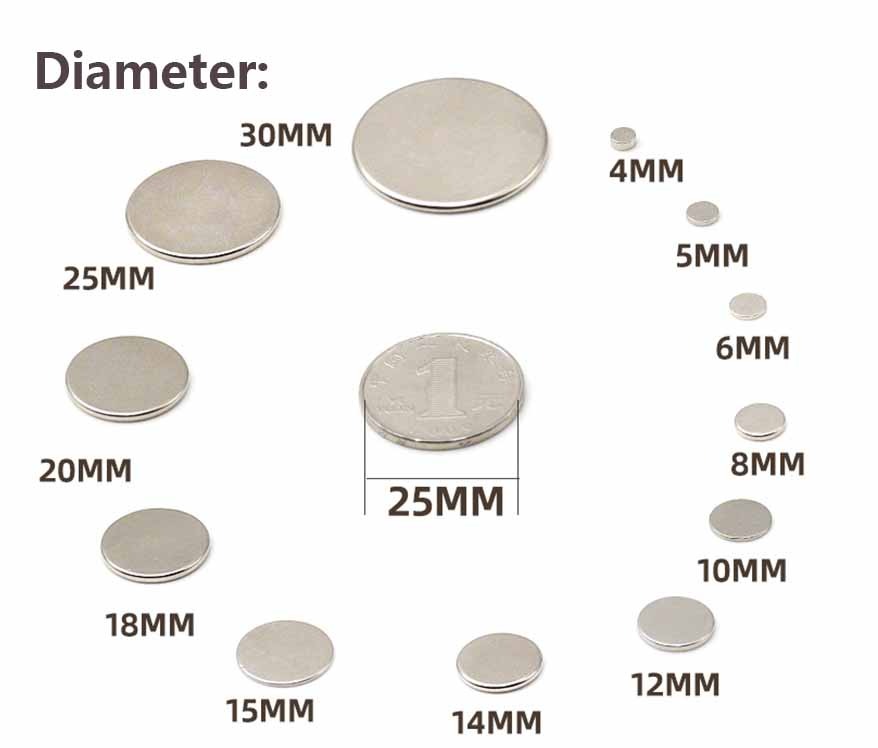
Materials we can Custom Round Magnet
Neodymium Magnet Manufacturer
Smco Magnet Manufacturer
AlNiCo Magnet Manufacturer
Ferrite Magnet Manufacturer
Flexible Magnet Manufacturer
Related Magnets Products
Disc Magnet Supplier
1.As one of the most experienced disc magnet supplier in China, KENENG’s neodymium disc magnet has more than 1200 spot specifications and a total conventional inventory of 100 million pieces.
2. We support customized magnets according to customers’ drawings and can meet the specification and size requirements of many industries for NdFeB with high strength magnetic force, never degaussing and antirust coating.
3. KENENG is a magnet, strong magnetic, single magnetic, hook magnet, fishing magnet, ferrite, bread magnet, polishing magnetic ball, magnetic frame, magnetic bar, samarium cobalt magnetic, rubber magnetic, teaching magnet, magnetic tile and other products professional production and processing company, has a complete scientific quality control system.
